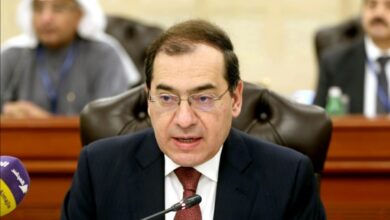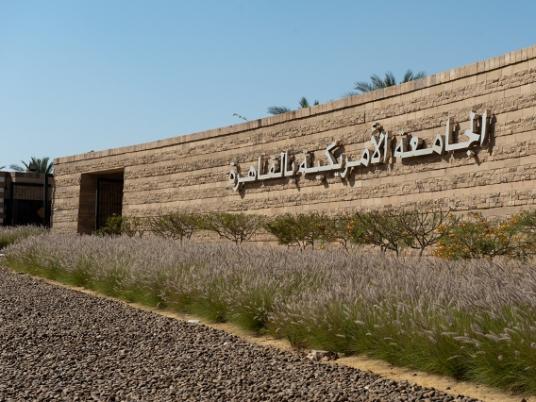
The activities of the “Islamic Coins and Manuscripts” exhibition began Wednesday, alongside the 43rd session of the ISESCO Executive Council, which adopted the Charter of the Islamic Educational, Scientific, and Cultural Organization, and the first consultative meeting on “Strategic Indicators for Development in the Islamic World: Knowledge Index as a Model” (ISESCO).
The consultation meeting was held in Rabat, the capital of Morocco, commencing Wednesday and lasting for four days. Several representatives from the Islamic member states’ ministries of education and culture attended the event
Under the sponsorship of Prince Badr bin Abdullah bin Farhan, Minister of Culture, and Dr. Saleh bin Ibrahim Al-Qasoumi, Undersecretary of the Ministry of Education for International Cooperation, the “Coins” exhibition was officially opened by His Excellency Dr. Salem bin Muhammad Al-Malik, Director General of the Islamic Educational, Scientific and Cultural Organization (ISESCO). Ahmed bin Abdulaziz Al-Bleihad, Secretary General of the National Committee for Education, Culture, and Science. It will end on December 24.
Samples from the King Abdulaziz Public Library’s collection are presented at the “Coins” exhibition, which is sponsored by the Saudi National Commission for Education, Science, and Culture. Dr. Bandar Al-Mubarak, the library’s director, claimed that the collection’s most significant manuscripts and coins, which are currently on display and date to various eras, reveal details of many Islamic nations’ ancient histories as well as the stages of development and events that it witnessed over time, illuminating the Arabs.
Before the Umayyad caliph Abd al-Malik ibn Marwan arrived and began the gradual Arabization of Islamic Arab money while overseeing the Umayyad mint, they used to deal with Byzantine, Sasanian, and other currencies.
The exhibition displayed models of Umayyad dinars and dirhams at various stages, beginning in the year 78 AH and continuing until the year 126 AH. Abbasid money was also displayed, starting in the year 138 AH during the reign of Caliph Abu Jaafar al-Mansur and continuing until the year 343 AH during the reign of Caliph Jaafar al-Mutawakkil.
Following that, coins from Egypt, the Levant, Morocco, and the Islamic East arrived, along with coins from the Arabian Peninsula and the great civilizations it witnessed, which were concentrated in Medina and Makkah Al-Mukarramah. Subsequent rulers of the ruling house also produced numerous coins that were representative of the eras in which they were struck. The exhibition also included Islamic coins produced in Saudi Arabia’s cities, as well as other items that are representative of the country’s regions and Islamic centuries and are valued for their rarity and civilization.
Visitors to the exhibition include attendees of the consultative meeting, experts, people with an interest in Islamic currency, as well as professors and researchers in this field.
The Saudi Coffee Corner was held in conjunction with the Coins Exhibition. Its activities were centred on defining the status of Saudi coffee as a unique cultural product of the Kingdom and the peculiarities it carries in Saudi society at all stages of its production, cultivation, preparation, and presentation. The Kingdom is also well known for producing Khawlani coffee in the country’s southern region and for having a device that prepares coffee with a different color.
The Saudi National Committee for Education, Science, and Culture, under the leadership of Minister of Culture Prince Badr bin Abdullah bin Muhammad bin Farhan Al Saud, made significant and noticeable efforts to increase the Kingdom’s participation in consultative social and to promote Saudi events, beginning with the “Islamic Coins and Manuscripts” exhibition and continuing through the corner Saudi coffee, to emphasize the distinctive cultural personality and identity of Saudi Arabia.
The focus of the consultative meeting, which was attended by representatives of 54 Islamic countries, was on the knowledge index in Islamic countries, according to Ahmed bin Abdulaziz Al-Bulahid, secretary general of the National Committee for Education, Culture, and Science. The workshops will begin tomorrow. The forty-third session of the Executive Council will then begin following that.
By displaying coins, some of which date back thousands of years, Al-Bulahid described the coin exhibition as a significant and wonderful event. He also noted that a large number of visitors expressed their amazement at what they saw of the ancient coins with all their distinction and historical depth, which tells a part of Islamic old history.
He emphazised that many exhibition attendees thought the items on display were perfect replicas of the original coinage, so when they discovered that the items were original and thousands of years old, such as the Holy Qur’an, which was penned by well-known Islamic figures, they were shocked.
Al-Bulahid claimed that the Kingdom participates actively in regional and international organizations due to its prominent position and its consequent influence on its international surroundings. He continued, “The Kingdom wanted to present civilized and cultural messages to the international community through its participation in the consultative meeting, talking about the Kingdom’s past, present, and future,” noting that the coin exhibition will be transferred to UNESCO, to present its contents to the world.
In addition to exchanging experiences at the Islamic level in the fields of education, scientific research, technology, and innovation, it is noteworthy that the consultative meeting aims to create future visions and perceptions, as a step towards improving the performance of Islamic countries in the Global Knowledge Index and related indicators. It also aims to strengthen the necessary structures and upgrade Humankind and research and innovation programs in order to participate.




